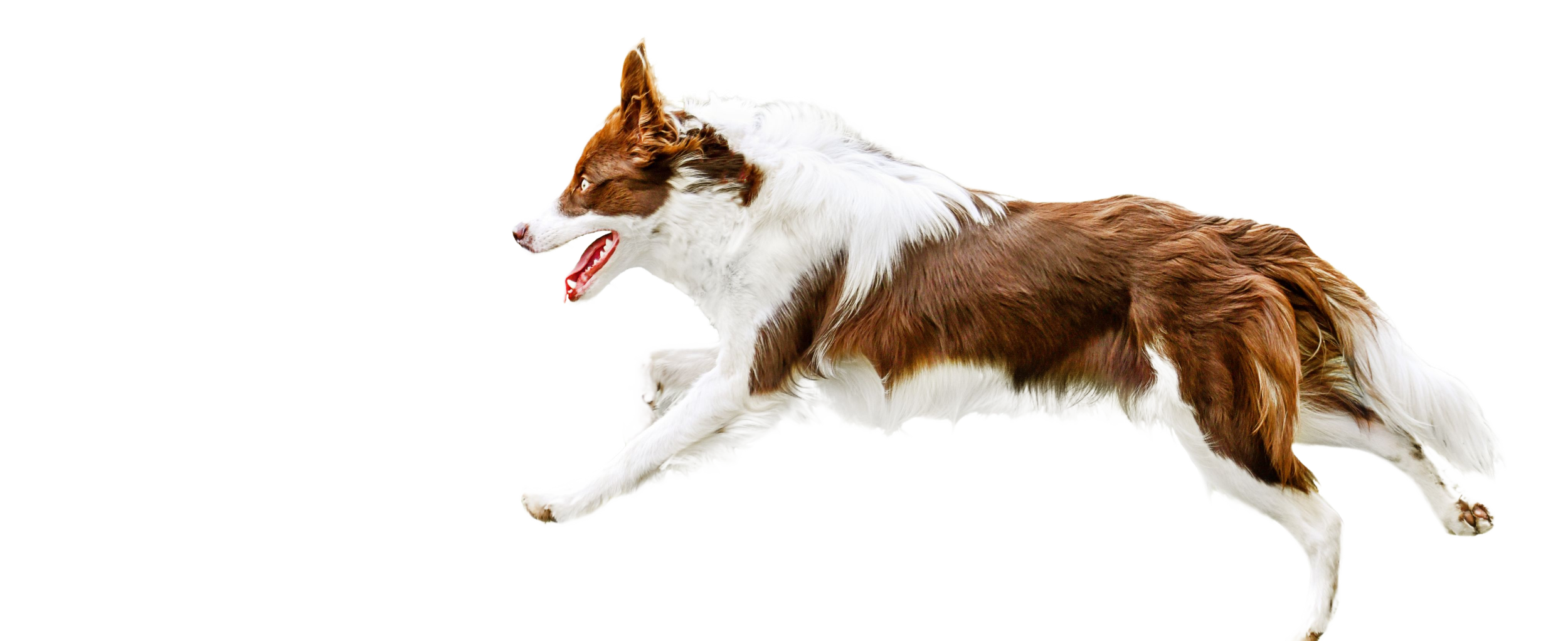
Manual Therapy
Manual therapy is the use of a variety of techniques, including passive range of motion (PROM), joint mobilization, stretching and massage.
These techniques are customized to each patient and can help restore normal movement to joints and soft tissues as well as provide significant pain relief after injury, surgery, or from chronic pain.
Benefits of Manual therapy:
Increase blood flow/circulation
Increase elasticity of muscles
Decrease scar adhesion
Pre or post workout warm up or cool down
Maintain or restore range of motion of joints
Nerve stimulation for proprioception or to decrease pain
Maintain or restore muscle flexibility
Decrease pain from muscle tightness or soreness
Common Questions about Passive Range of Motion for Pets
-
Passive range of motion refers to the therapeutic technique of gently moving a pet's joints through their full range of motion without any active effort from the animal.
-
Passive range of motion exercises offer numerous advantages for pets undergoing veterinary rehabilitation.
These exercises aid in preserving joint flexibility, averting stiffness and contractures, enhancing circulation, minimizing muscle atrophy, and facilitating the healing process following surgery or injury.
By incorporating these exercises into your pet's routine, you can effectively boost or sustain their mobility as they age or recover from surgery or injury.
-
Passive range of motion exercises are commonly used in dogs and cats in cases of immobility due to injury, surgery, or neurological conditions. They can also be beneficial for geriatric or arthritic pets to maintain joint mobility.
-
Yes, pet owners can be trained by a veterinary professional or a certified rehabilitation therapist to perform passive range of motion exercises at home under their guidance.
Our rehab certified veterinarians and therapists will show you have to perform these therapies on your pet at home during their therapy plan.
-
Yes, passive range of motion exercises are often incorporated into a comprehensive rehabilitation program that may include other modalities such as massage, hydrotherapy, therapeutic exercises, and laser therapy.
Common Questions about Joint Mobilizations in Veterinary Rehab
-
Joint mobilizations are therapeutic techniques used to improve the mobility, flexibility, and function of a pet's joints through gentle, controlled movements, similar to chiropractic adjustments, and performed by a trained veterinary professional or a certified rehabilitation therapist.
Joint mobilizations and chiropractic adjustments for dogs and cats are similar in that they both involve the manual manipulation of joints to improve joint function, increase range of motion, and alleviate pain. Joint mobilizations are smaller, more precise movements than chiropractic adjustments typically are. They aim to restore proper joint alignment and promote overall joint health in animals.
-
Joint mobilizations are commonly used in cases of joint restrictions, post-surgical recovery, musculoskeletal injuries, arthritis, and conditions that affect joint function or mobility.
Your veterinarian will determine the need and prescribe the therapy at the time of your dog or cat’s initial rehab evaluation.
-
Joint mobilizations require specific training and expertise. While some basic joint movements can be taught to pet owners, it's crucial to work closely with a veterinary professional or a certified rehabilitation therapist for proper technique and safety.
-
Joint mobilizations are generally safe. However, caution should be exercised in cases of acute joint inflammation, fractures, severe pain, or if the pet shows signs of discomfort or resistance. It's important to work with a veterinary professional to determine the appropriate level of mobilization.
-
Yes, joint mobilizations are specifically aimed at improving joint function, increasing mobility, and restoring normal joint mechanics. They can be particularly beneficial for pets with joint restrictions or limited range of motion due to injury or surgery.
Common Questions about Massage Therapy for Dogs and Cats
-
Animal/Veterinary massage is a kind of therapy where experts gently manipulate muscles and tissues in pets to help them heal, reduce pain, and move better by improving range of motion and flexibility.
-
Pet massage has several advantages, including pain relief, better blood flow, relaxed muscles, improved movement, faster healing, and reduced stress.
-
Animal massage can help with the following:
soft tissue or muscle injuries like sprains and strains
dogs and cats recovering from surgery
arthritis
nerve and neurological problems
long-lasting or chronic pain
difficulty moving due to decreased flexibility
-
Massage therapy in veterinary rehab should be done by a veterinarian or veterinary rehab therapist who has had advanced training or certifications in pet massage techniques.
Our veterinarians and therapists go through advanced training in animal massage techniques. Learn more by visiting our Team page!
-
Pet massage can be used on its own, but it's usually part of a complete rehab plan that might include other things like water therapy, exercises, and laser treatments.
-
Yes, you can learn basic massage techniques for your pet's well-being. However, it's crucial to receive proper training and guidance from a certified professional to ensure you're doing it correctly and safely.
During your consultation and treatment plan, our veterinarians and therapists will guide you on how to perform safe massage and stretching techniques on your dog or cat at home.




